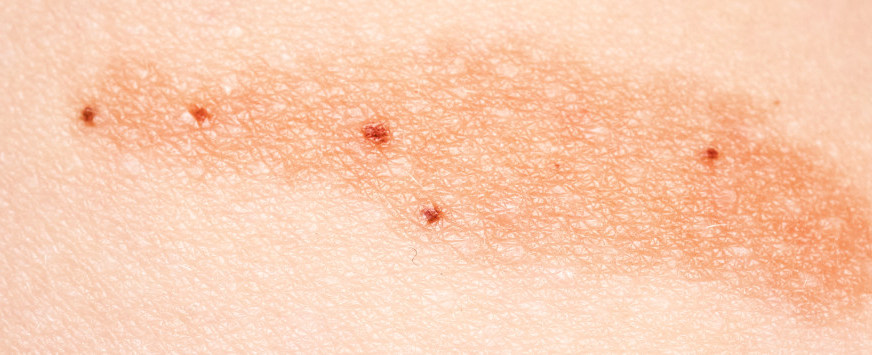Categories
Vascular birthmarks
These warts usually appear on the fingers, hands, and around the nails. They are typically raised, firm, and have a rough surface. Common warts often have a cauliflower-like appearance with small black dots, which are clotted blood vessels.
Hemangiomas
Flat warts are smoother and flatter than other types of warts, often appearing in clusters on the face, arms, or legs. They can be flesh-colored, yellowish, or pink. Flat warts are more common in children and adolescents.
Port Wine Stains
Port Wine Stains when seen in babies, these may continue into adulthood. They appear as segmental pink or red marks and are usually found on the forehead, eyelids, upper lip, or back of the neck and limbs. Some may fade over time, while others persist requiring laser treatments.
Pigmented birthmarks
These warts appear on the genital and anal areas and are transmitted through sexual contact. Genital warts can vary in size, shape, and appearance and may be raised, flat, or cauliflower-like. They can be flesh-colored or have a pinkish hue.
Café-au-lait spots
These light brown spots might increase in number or size with age.
Mongolian spots
While more common in babies, especially in those with darker skin tones, these bluish-gray marks can sometimes persist into adulthood.
Congenital melanocytic nevi
These birthmarks might enlarge or darken with age. As they grow or change, monitoring for skin cancer risk is vital.




